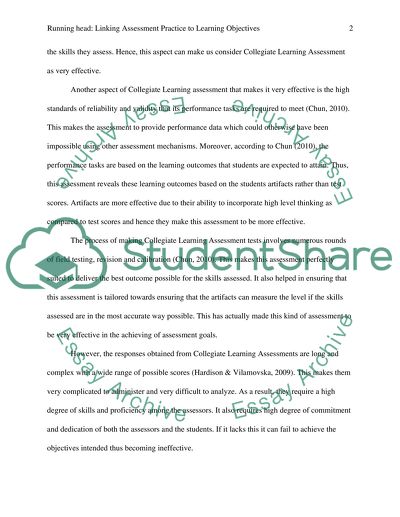Cite this document
(“Linking pedagogy and assesment practices Research Paper”, n.d.)
Retrieved from https://studentshare.org/education/1452551-discussion-questions-in-education-assessments-
Retrieved from https://studentshare.org/education/1452551-discussion-questions-in-education-assessments-
(Linking Pedagogy and Assesment Practices Research Paper)
https://studentshare.org/education/1452551-discussion-questions-in-education-assessments-.
https://studentshare.org/education/1452551-discussion-questions-in-education-assessments-.
“Linking Pedagogy and Assesment Practices Research Paper”, n.d. https://studentshare.org/education/1452551-discussion-questions-in-education-assessments-.


